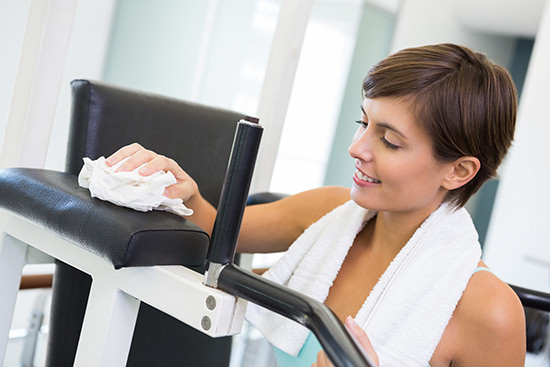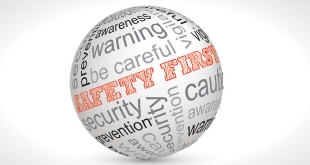When most people hear the word “maintenance”, they instantly recoil in horror at the thought of having to hoist tools around and take greasy dirty components apart, clean them, then figure out how to put things back together again. In reality, there’s very little maintenance required to keep most modern home gym equipment in good working order.
Home gym maintenance is much easier than you think. In fact, basic maintenance is essential to keep your warranty intact in the event that something happens and the manufacturer has to send a tech out to your home. If you read the fine print, most companies have a clause or two about basic maintenance, and how neglect on your part may result in having to cover any repair costs on your own.
Keeping your home gym in good working order is easy. Take a few minutes here and there to make sure everything is kept clean and well-lubricated and you’ll be much further ahead than most home gym owners.
Here’s how to keep your home gym looking and working good with just a few basic steps that will take very little of your time and patience:
Keep everything clean – wipe everything down
Wipe down padded surfaces after each use with Windex, Lysol or whichever sanitizing spray you prefer to use. Sweat dries out padded surfaces, causing premature cracking/fading of the material. This isn’t just essential for the health of your equipment, but also for yourself and anyone else who uses your home gym.
Use a vinyl conditioner (or leather conditioner, if equipped) once a month on the padded surfaces to keep the material soft and resistant to cracking and tearing.
Wipe down all other parts of the equipment every two weeks to keep them dust free and looking good – more often if you use chalk around the machine. Chalk can get into pivot bearings, pulley bearings, weight tracks and other moving parts and damage them.
Clean more often and more thoroughly if you use chalk on or around your home gym equipment.
Oil or grease moving parts once a month – more if necessary
Ensure that oil is applied to the weight tracks (i.e., the vertical bars that the weight stack slides on) every month, more often if used heavily. A simple silicone-based spray on a rag is all that’s necessary. Using a rag is best to prevent over-spray. Some machines may have grease fittings located on pivot points, though most are sealed.
For cardio equipment, make sure to read your owner’s manual for oiling/greasing instructions. Many high-end cardio machines have oil reservoirs that need to be checked/filled occasionally.
When in doubt, consult your owner’s manual to see what the manufacturer recommends for oiling and greasing.
Perform a once-monthly inspection for wear and tear
In general, when something on the machine isn’t working properly, you’re going to notice it while working out. Some items are not as obvious and can increase your chance of injury if not noticed in time. Check the equipment over for cracks, bends, etc., that shouldn’t be there. Also, check the various weld points on the machine once in a while to make sure none have cracked under the strain of use.
Cables and resistance bands, in particular, are something that need to be inspected at least once a month for breakage and/or fraying. High quality aircraft-rated cables shouldn’t experience too much wear in the first year or two you own your gym. However, there are no guarantees they won’t either.
Check cables starting at their various attachment points, then visually examine them along their entire length, paying particular attention to parts of the cable that make contact with pulleys. Same for resistance bands – if they’re cracked, replace them.
Frayed cables and resistance bands must be replaced right away or serious injury can result.
Is Home Gym Maintenance Really This Easy?
Yes. Yes, it is…
As you’ve just learned, basic maintenance of home gym equipment is easy and takes very little time. Properly maintained equipment will last you years longer than that which is abused, left dirty, and not inspected for wear items on a regular basis.
 Best Home Gym Reviews and Tips for Your Home Gym
Best Home Gym Reviews and Tips for Your Home Gym







